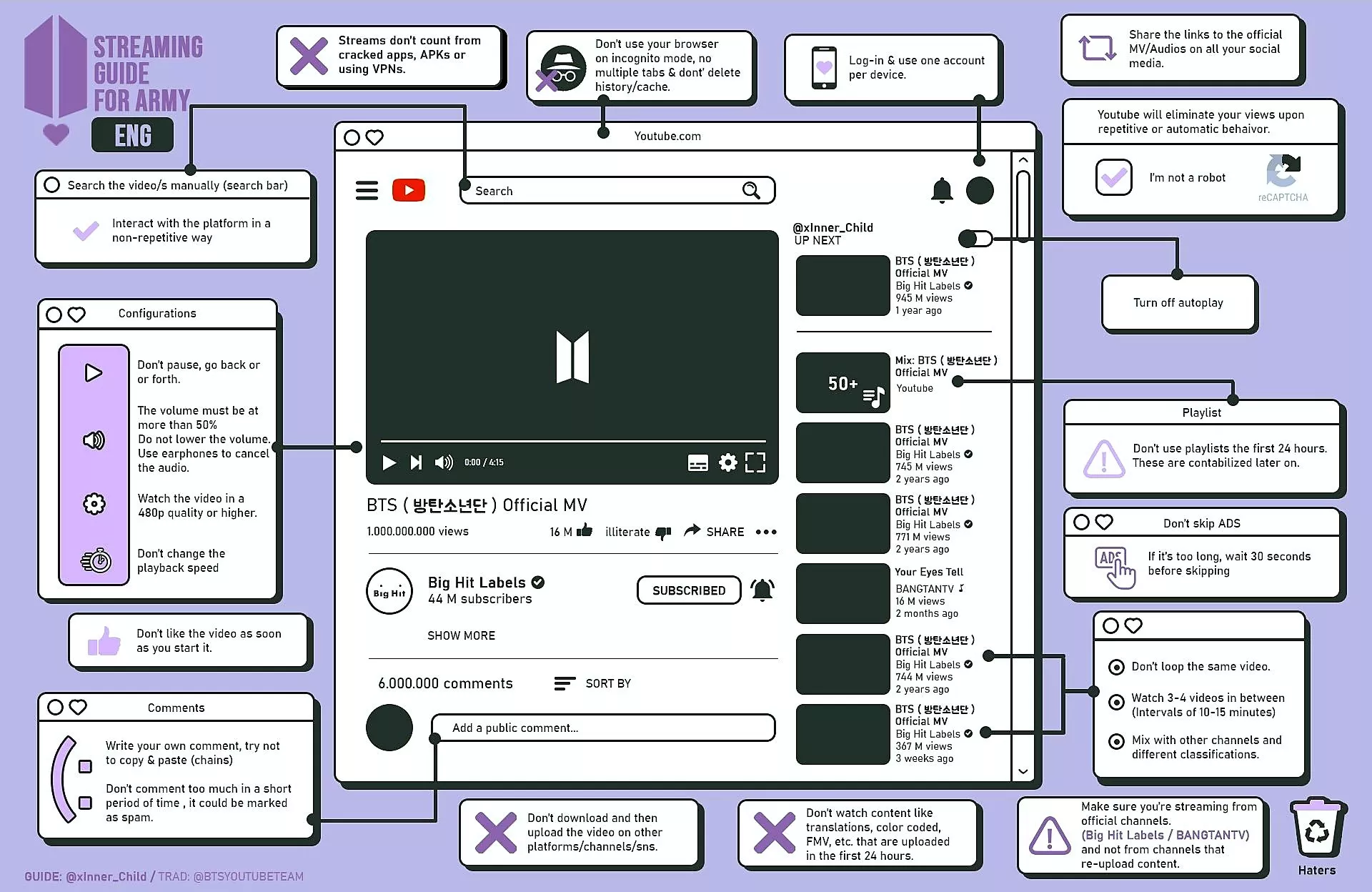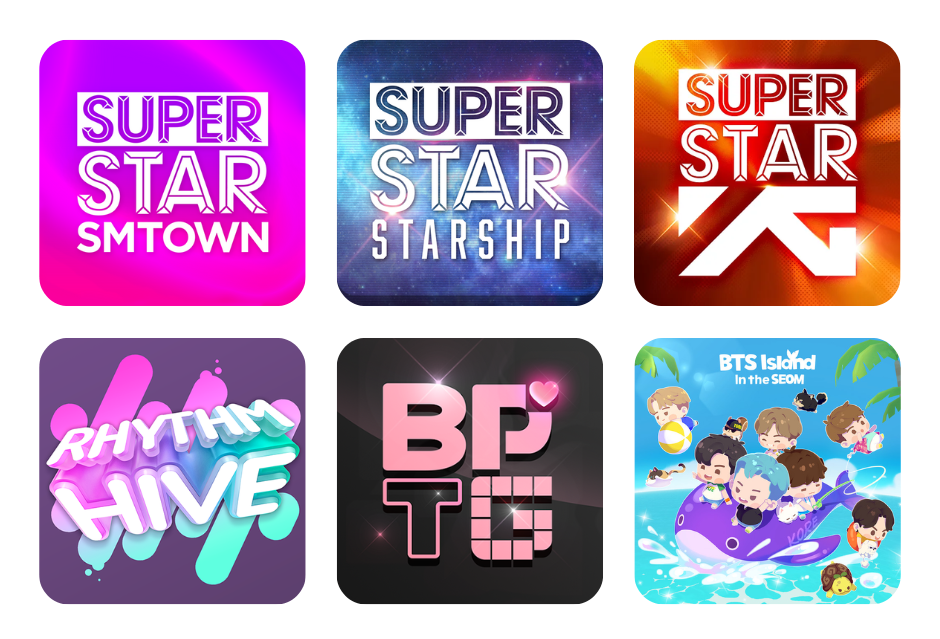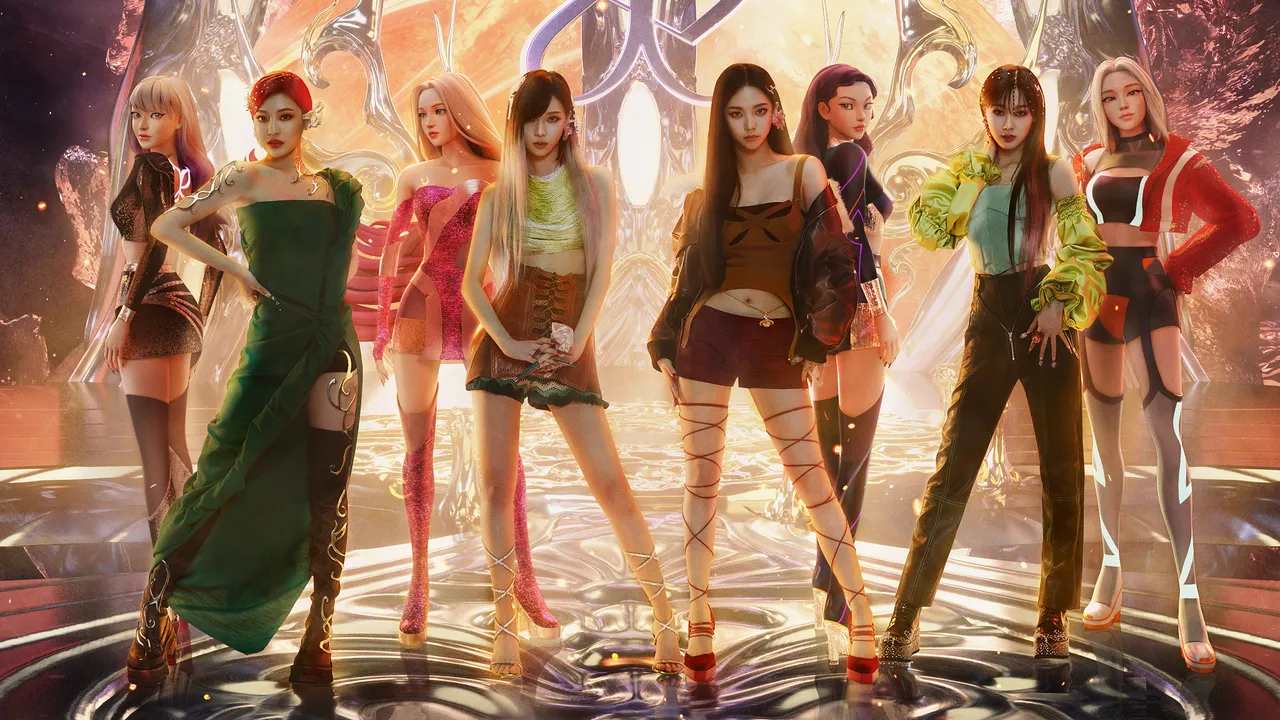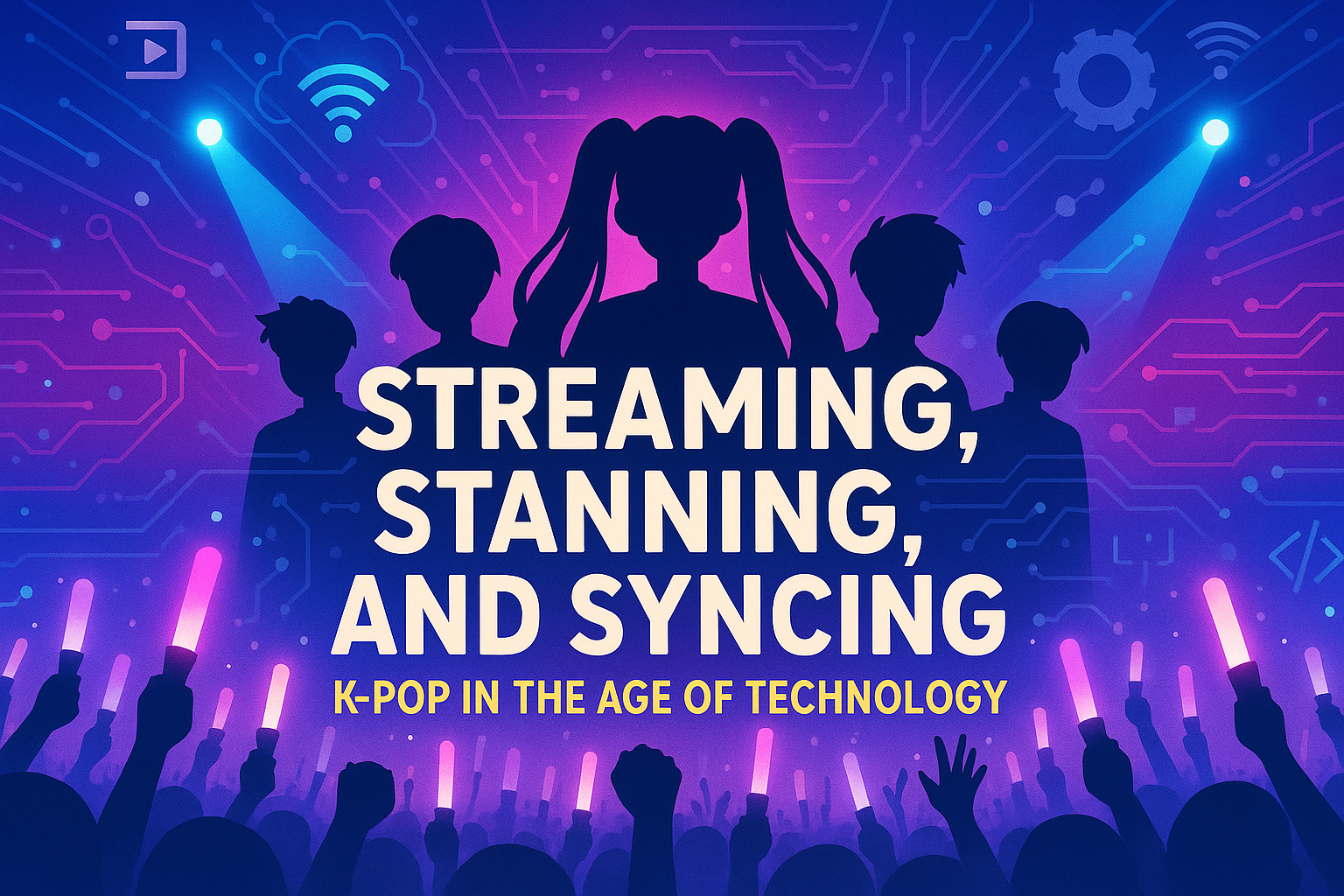K-POP’s global takeover often starts subtly: a catchy tune, a visually striking music video, a captivating performance. Before you know it, your online world is transformed, with a single clip snowballing into a comprehensive feed of music, performance videos, and behind-the-scenes content. This shift isn’t accidental; it results from a well-woven synergy between K-POP’s rise to global fame and the technology that fuels it.
What was once a niche genre now commands a worldwide audience, with technology serving as the essential backbone for its dissemination and fan interaction. From initial discovery to fostering enduring connections, digital platforms and innovative strategies are fundamental to this cultural movement’s sustained growth.
Streaming and Digital Platforms
Platforms like YouTube, Spotify, and Apple Music serve as more than just music players. Instead, they operate as powerful global distribution networks that shape how K-POP reaches audiences worldwide. Through these platforms, geographical barriers are dismantled. As a result, a song released in Seoul can premiere instantly for millions of fans across the globe. This immediate accessibility allows K-POP to compete directly with Western pop on equal footing. For instance, BTS consistently breaks YouTube premiere records. Their releases draw millions of live viewers, creating global events reinforcing their cultural dominance. Similarly, BLACKPINK leverages the reach of streaming platforms to dominate international charts. This success strengthens their position as one of the most influential groups in the world.
Meanwhile, newer groups are also finding innovative ways to use these tools. For example, KATSEYE embraces digital-first strategies, relying on survival show exposure and algorithm-driven marketing. This approach helps them cultivate international fanbases even before their official debut, proving how powerful early digital engagement can be.
Moreover, fan-coordinated projects amplify this reach. From organized streaming campaigns aiming for 100 million views in the first 24 hours to mass pre-saving efforts on Spotify and Apple Music. These grassroots initiatives, often guided by detailed fan-made streaming tutorials, don’t just support idols; they strategically work with and against algorithms to boost visibility.

BTS Streaming Guide by @xInner_child on Twitter
The underlying mechanism for this widespread discovery is algorithmic personalization. These digital platforms analyze user behavior—what you watch, listen to, and interact with—to curate recommendations. This helps K-POP reach both current fans and potential listeners around the world who have similar musical tastes. By merging platform reach with algorithmic precision, K-POP actively rewrites the rules of global music discovery.
Social Media, Marketing, & Fan Engagement
Beyond official music releases, platforms like Twitter, TikTok, Instagram, and dedicated fan apps like Weverse are crucial hubs for interaction and promotion. These digital communities foster vibrant fandom culture, driving trends and hashtags like #BTSArmy and shaping the influence of K-POP Stan Twitter. Through livestreams on Weverse, Bubble, or Instagram Live, real-time engagement deepens this connection by offering fans spontaneous, unfiltered access to idols, reinforcing emotional loyalty and providing more sources of entertainment.
Additionally, short-form content algorithms on TikTok, YouTube Shorts, and Instagram Reels amplify this effect by propelling songs, choreographies, and challenges into viral phenomena, often reaching global audiences far beyond the existing fandom. This prevalent digital engagement fundamentally reshapes K-POP marketing strategies. By cultivating authentic and relatable social media personas, idols appear more approachable, effectively blurring the lines between celebrity and peer. As Palmer (2024) notes, this digital integration is now central to contemporary entertainment business strategies.
Innovations in Fan Experiences
K-POP has consistently pushed the boundaries of fan experiences, leveraging technology to create immersive and interactive engagements. Virtual concerts, augmented and virtual reality stages, intimate fan calls, and idol-themed games and apps (like BTS Island: In the Seom or various idol rhythm games) offer fans novel ways to connect with their favorite artists. Even physical merchandise has evolved—BTS’s ARMY Bomb lightsticks, for example, are now technologically enhanced, syncing with performances to match concert setlists in real time and transforming concerts into unified visual spectacles shared by thousands of co-ARMYs.

K-POP Games: Superstar SMTOWN, Superstar Starship, SMTOWN YG, Rhythm Hive, BLACKPINK THE GAME, BTS Island: In the Seom
Fan voting platforms like IDOLCHAMP and MUBEAT app also wield significant power, directly influencing award show results and even group comeback strategies. This grants fans palpable influence, allowing them to participate in their favorite artists’ journeys actively and fostering the dynamic, participatory relationship that defines modern K-POP fandom. This continuous innovation ensures a vibrant, evolving connection between idols and their stans.
The Digital Idol Era
The integration of Artificial Intelligence is ushering K-pop into uncharted territory. Concepts like aespa’s æ-members, virtual idols such as MAVE: and PLAVE, and even AI-powered trainees highlight a forward-thinking approach to artist creation and promotion. These innovations blur the boundaries between reality and simulation, reshaping what it means to be an idol in the digital era.

aespa with their aes in Next Level era. Photo credit: SM TOWN
Beyond virtual personalities, AI also facilitates generating deepfakes, synthesizing voices, and enhancing production quality. In addition, it streamlines processes from songwriting to choreography visualization. Even music video creation benefits from these tools, which speed up production and open creative possibilities.
These systems typically work by training on prominent voices or dance movements datasets. Therefore, they can generate new material that mimics human performance, making it easier for producers to experiment and innovate. While these innovations open up exciting creative possibilities, they also raise complex ethical questions. Particularly around authenticity, consent, and the evolving role of human artistry in K-POP (a discussion worthy of its own exploration).
Boundless Horizons: The Tech-Driven Future of K-POP
Ultimately, technology forms the lifeblood of K-POP, fueling its global ascent and sustaining its vibrant fandom culture. This ecosystem thrives on a fusion of innovation and strategy. It is where algorithms, digital presence, and international reach are as vital as dedicated fan loyalty.
As technology advances, K-POP idols will continually evolve in creating, marketing, and connecting with their worldwide audience, shaping the industry and the essence of fandom experience. The future of K-POP lies at this dynamic intersection of culture and technology, promising boundless possibilities for this global phenomenon.
References
[NOTICE] Information on the BTS Official Light Stick App Shortcut Feature Update
K-Pop: The Transformative Power of Technology and Creativity

















